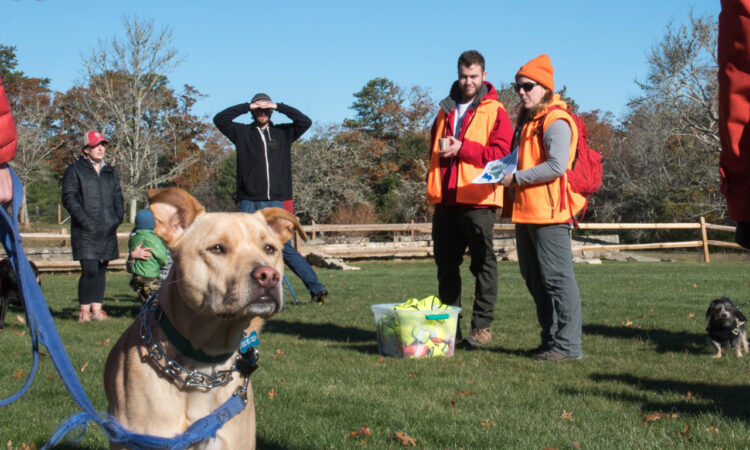
How should you handle it when your dog defecates in the forest? Remember, it’s essential to clean up after your pet, ensuring you adhere to the principle of “pooping and scooping” to leave no waste behind!
Dog poop is not a natural component of the environment. It can take more than a year to decompose and fully integrate into the soil. Canine feces can pose significant health hazards. It contains harmful pathogens that can negatively impact people and animals’ health and be resistant to antibiotics.
Among the unpleasant microorganisms in your dog’s poop are Salmonella, Campylobacter, and E. coli. Also, canine waste can contribute to the spread of parasites like Cryptosporidium, Giardia and roundworms like Toxocara canis. That’s certainly a considerable amount of undesirable waste!
So, clean up after your pet pupper eliminates; however, consider being equipped with the best pet insurance too. Contemplate purchasing the best policy for your furry precious so it is covered for comprehensive health conditions, but first, weigh the benefits of the policy with the pet insurance cost.
In the meantime, read this article to learn how to dispose of dog poop when you hit the trail with your poochie.
1.Bury the poop
In remote areas, although not ideal, if you find yourself without a doggy waste bag you can consider using a handy plastic shovel to dig a hole at least six inches deep and located far away (about two hundred feet) from any water source. This measure prevents the harmful elements we mentioned earlier from reaching the water.
Dark, nutrient-rich soil is preferable as it contains good bacteria that aid decomposition. It is also beneficial to mix a little soil into the feces to accelerate its breakdown. Once you have finished, firmly cover the hole with soil; pat it with the shovel to check if the earth has been packed well.
This can be a workable method in less-traffic areas, but it might not be a great solution in highly frequented environments. It is essential to clean the shovel and store it in a plastic bag before putting it into the backpack to prevent contaminating other equipment.
2.Poop bags
Carrying your puppy’s poop with you is the ideal course of action, but it’s essential to proceed with caution to avoid any mishaps. When it comes to poop bags, biodegradable bags might seem commendable. However, they may not decompose as effectively in landfills. In contrast, plastic bags can be inexpensive, easily accessible, and minimize odor. There are several techniques to reduce the risk of bag breakage you should try following.
Gently squeeze out the air before tying the poop bag. Scoop only the feces and ensure no sticks or sharp stones are in the poop bag to contain the mess properly. Seal the poop securely in a bag and place it in a designated poop satchel in a dedicated compartment on your or your pooch’s backpack. Double bag all poop bags for an extra layer of security against leaks.
Upon reaching the trailhead, it is convenient to dispose of the poop bag in a designated waste bin. It is crucial to remember not to dispose of any poop bags, even if they are biodegradable, into an outhouse or flush them down a toilet.
Safe poop disposal measures ensure the health and safety of people and animals in the place. Nevertheless, consider being prepared with the best pet insurance because health issues are often unpredictable, and there can be plenty of risks lurking outside for our precious fur babies. Contemplate purchasing a policy because pet insurance cost can be more bearable than unexpected vet bills.




